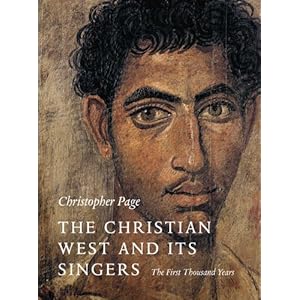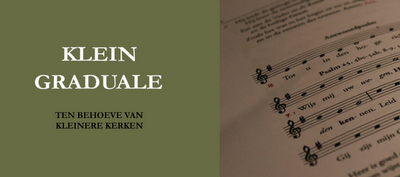The Simple English Propers for the Advent Season are now complete:
- Simple Propers for the 3rd Sunday of Advent
- Simple Propers for the 4rd Sunday of Advent
- Complete Simple Propers for the Advent Season
As a reminder, the complete Simple English Propers project is now being indexed on the Church Music Association of America website. Bookmark this page and refer to it often as updates are made.
I have printed off copies of the Advent Season materials for my choirs in a simple 8.5 x 11 booklet, folded and stapled, with a few simple clicks using our parishes standard office grade printer/copier. I didn’t fit to page or anything. The book size will be 6 x 9, but the contents still fit quite nicely on the 5.5 x 8.5 page which is the result when a booklet is made out of 8.5 x 11 size paper, though the bottom margin is a bit tight.
Here is a shot of the inside contents:
I don’t know if this capability is extraordinary to you, but I find it to be quite remarkable. That we can print this sort of resource on demand on standard office copiers and give it to our choirs to use in liturgy immediately is rather astounding, I think. What a world we live in today. How different is it from the days when we had to rely on commercial publishers to sell us paper?
Of course when this book is completed it will be released into the commons and the digital PDF files will be shared with the world for free forever on the internet. You will be able to make custom resources such as these ad infinitum for your music program. Thanks be to God for all that we can do with modern technology!
Can I tell you what I’m really excited about though…


 The Ave Maria (or ‘Hail Mary’) remains one of the most widely repeated prayers among the world’s Christian population, especially Catholics. It has been said by the faithful both in private and in public for centuries. Many know that the prayer contains two parts. The first part derives from the Gospel of Luke; the second part (beginning ‘Sancta Maria…’ [or ‘Holy Mary…’]) is simply an attached petition, not based on Scripture. The second part of the prayer is thought to have emerged and transmitted orally in the fifteenth century in various forms, later solidified with the issue of the Roman breviary in 1568.
The Ave Maria (or ‘Hail Mary’) remains one of the most widely repeated prayers among the world’s Christian population, especially Catholics. It has been said by the faithful both in private and in public for centuries. Many know that the prayer contains two parts. The first part derives from the Gospel of Luke; the second part (beginning ‘Sancta Maria…’ [or ‘Holy Mary…’]) is simply an attached petition, not based on Scripture. The second part of the prayer is thought to have emerged and transmitted orally in the fifteenth century in various forms, later solidified with the issue of the Roman breviary in 1568. Protestants have their Bible commentaries, and Catholic Musicians have
Protestants have their Bible commentaries, and Catholic Musicians have  For a more contemporary reflection on chant, consider
For a more contemporary reflection on chant, consider  It is not possible to say enough great things about Christopher Page’s
It is not possible to say enough great things about Christopher Page’s  There is some irony in the fact that the Oregon Catholic Press is the publisher of
There is some irony in the fact that the Oregon Catholic Press is the publisher of  Everyone likes a good introduction to a topic, and the best ever written on Gregorian chant is
Everyone likes a good introduction to a topic, and the best ever written on Gregorian chant is 